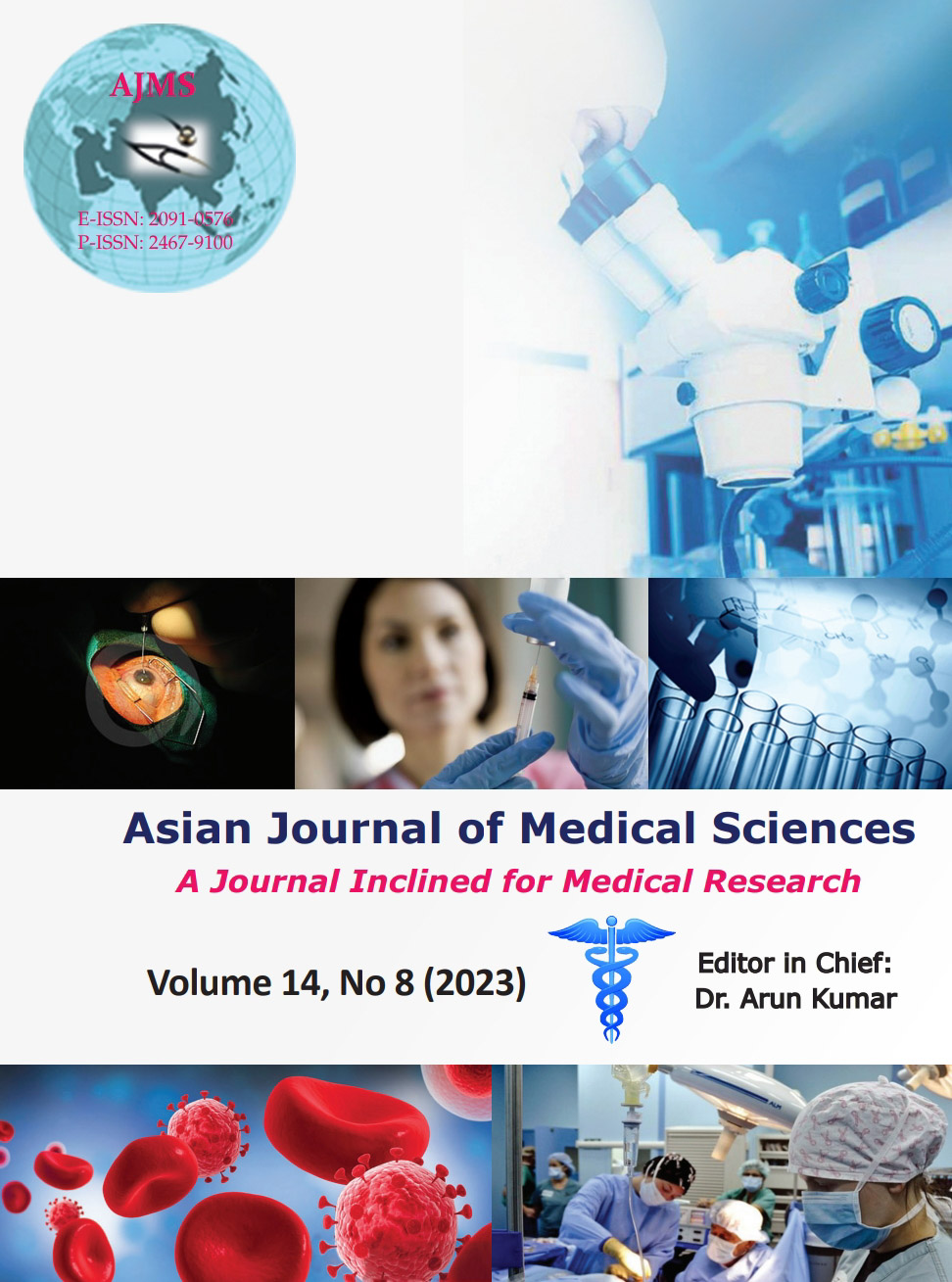Thiamine-responsive acute pulmonary hypertension – A case series and review from a pediatric ICU
Keywords:
Thiamine; Cardiomegaly; Pulmonary hypertension; 2D ECHOAbstract
Pulmonary hypertension is seen in approximately 10% of infants with respiratory distress admitting to pediatric ICUs. Causes can be idiopathic or secondary to lung parenchymal or vascular diseases. Among various causes of pulmonary arterial hypertension, thiamine deficiency (TD) is one of the reversible causes. TD is still prevalent in selected parts of India. This review outlines five typical patients admitted to KIMS, Amalapuram, with thiamine-responsive acute pulmonary hypertension who responded dramatically to thiamine supplementation. It can cause life-threatening pulmonary hypertension in exclusively breastfeeding infants of mothers who are on a restricted diet predominantly consisting of polished and washed rice which can contribute to infant mortality. Thiamine administration based on clinical suspicion and echo findings leads to remarkable recovery. To tackle this fatal disease, a very high degree of awareness and thiamine supplementation in relevant geographical areas is required.
Downloads
Downloads
Published
How to Cite
Issue
Section
License
Copyright (c) 2023 Asian Journal of Medical Sciences

This work is licensed under a Creative Commons Attribution-NonCommercial 4.0 International License.
Authors who publish with this journal agree to the following terms:
- The journal holds copyright and publishes the work under a Creative Commons CC-BY-NC license that permits use, distribution and reprduction in any medium, provided the original work is properly cited and is not used for commercial purposes. The journal should be recognised as the original publisher of this work.
- Authors are able to enter into separate, additional contractual arrangements for the non-exclusive distribution of the journal's published version of the work (e.g., post it to an institutional repository or publish it in a book), with an acknowledgement of its initial publication in this journal.
- Authors are permitted and encouraged to post their work online (e.g., in institutional repositories or on their website) prior to and during the submission process, as it can lead to productive exchanges, as well as earlier and greater citation of published work (See The Effect of Open Access).




